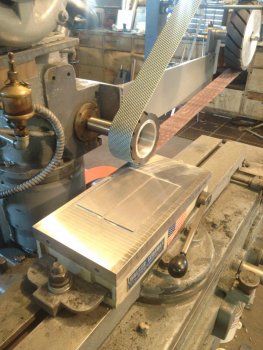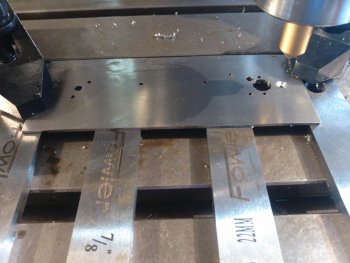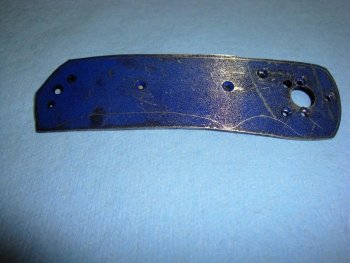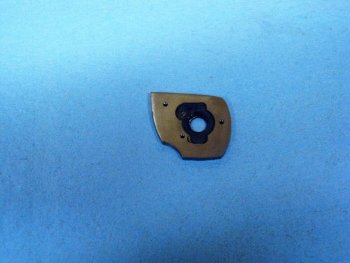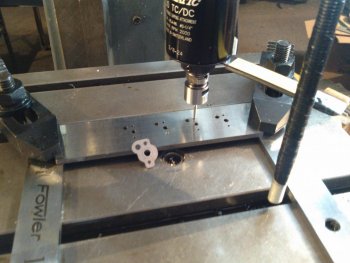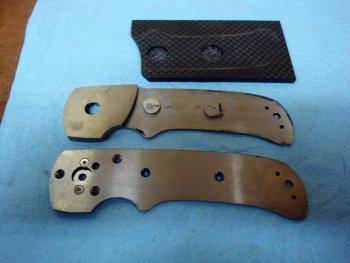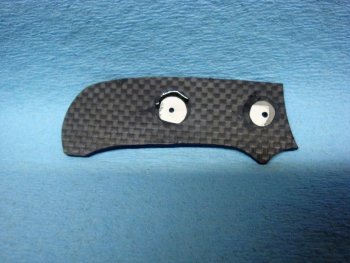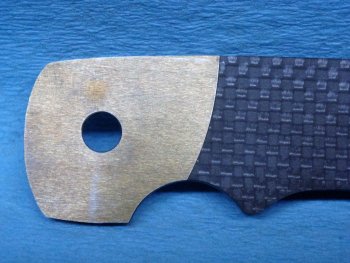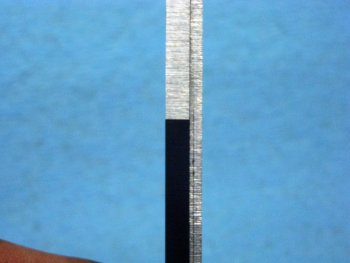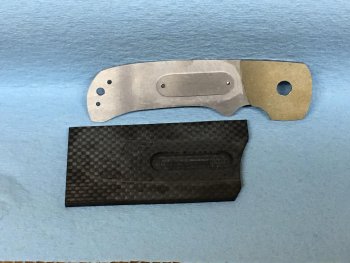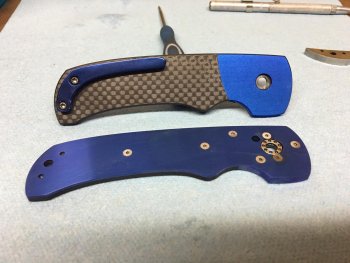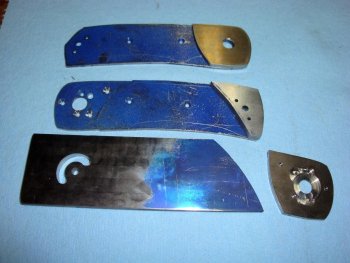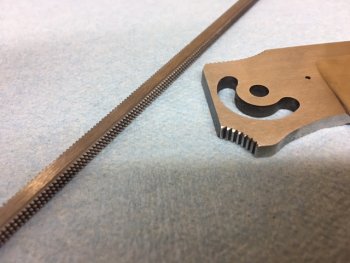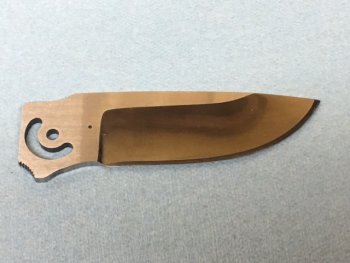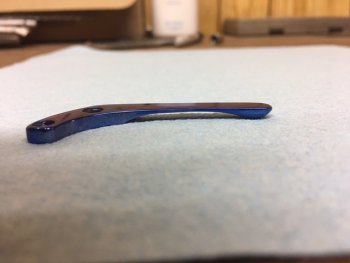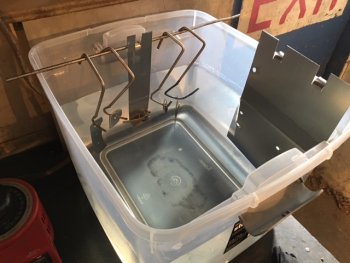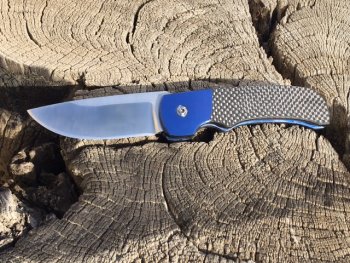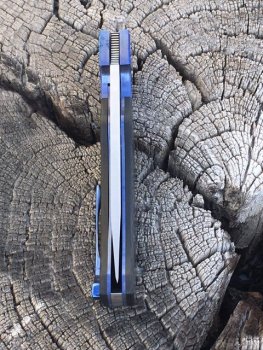Lyon
Well-Known Member
Thread Index.
I decided to do individual post for each aspect of the knife. It should make it easier to discuss each aspect and keep a good continuity through out the post. I will add links to my posts for people to reference comments that are beneficial and informative.
I decided to do individual post for each aspect of the knife. It should make it easier to discuss each aspect and keep a good continuity through out the post. I will add links to my posts for people to reference comments that are beneficial and informative.
Last edited:

